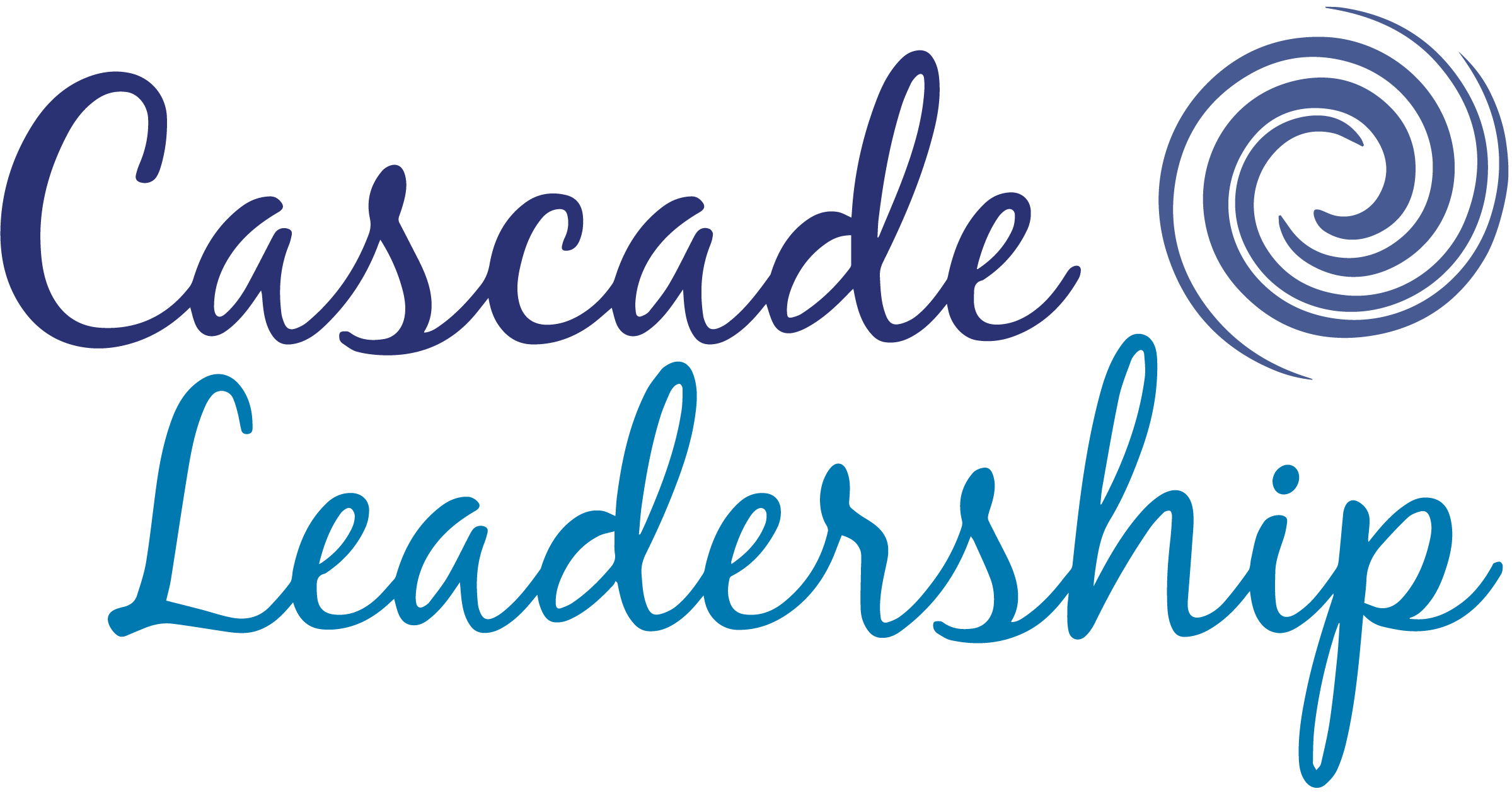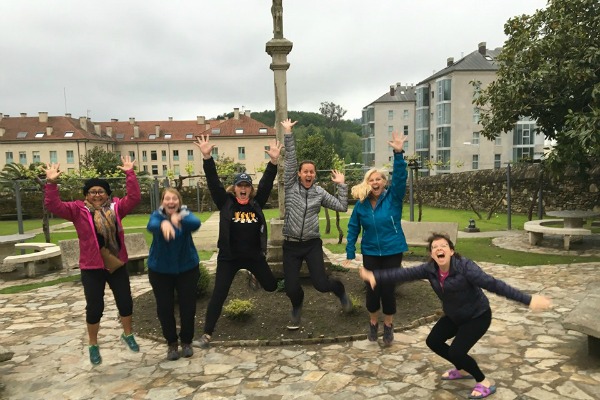Two weeks ago I was in Spain guiding a small group of women along El Camino de Santiago. This was my second time walking the path and very different from my first experience. I walked with five other women who were acquaintances prior to the trip but have become true friends and supporters in the process. We walked to fund scholarships for underserved youth to participate in United Planet’s Peru Teen Leadership Program. How we came together and what we accomplished exemplifies networking at its best.
Many leaders I coach are uncomfortable with “networking.” But, if you think you can succeed in the business world, or any world really, without networking, think again. Leaders often find the idea distasteful and, at worst, manipulative. I understand this. When I started Cascade Leadership five years ago, I found myself avoiding networking for fear that each person I met would think I was just there to “take something from them.” I had to shift my thinking.
Today, I focus on building relationships that support being more effective to get better results. But not just any relationships. I am intentional in creating three distinct types of relationships – operational, personal, and strategic – in order to move projects forward and get better results with less effort. What do each look like?
Operational help you to get work done and are with the people who can help you accomplish that. They include individuals who both support and block your projects. The supporters are obvious; the blockers help you to see what gets in the way of progress so that you can eliminate the barriers.
Personal enable you to develop professional skills and are with kindred spirits outside your organization. They help you through coaching, mentoring, and referrals and can be found by looking around you. Try your alumni and professional associations and clubs and community groups where you meet people who share your interests.
Strategic are the ones that every leader must master in order to be successful; they challenge you to discern future priorities and are with people outside your immediate control, organization, and sphere of influence.
(Ibarra and Hunter, 2007)
What must we do to build these relationships?
- Begin with the mindset shift
- Make time to nurture these relationships
- Create connections with others
- Pay it forward
The Mindset Shift. By focusing on building relationships that matter versus networking, I gave more thought to what I could offer each person I encountered versus what I might get in return. An example of this shift is how I found myself walking the Camino a second time. Arriving in Spain two weeks ago started with a conversation four years ago. One year after leaving Microsoft, I was asked to speak at a conference about a project I had supported while I was employed there. The program integrated leadership development with corporate social responsibility and volunteering. At the conference, Dave Santulli, founder of United Planet, approached me and explained that his organization connected service volunteers with non-profits in 35 developing countries from 1 week to 1 year. The volunteers taught and worked in the organizations and immersed themselves in the local culture. United Planet’s mission is to create a global community, one relationship at a time, and they accomplish this by providing service volunteering opportunities. Dave was interested in learning more about the program I presented and I was happy to share my knowledge.
Make time to nurture these relationships. You will have to let go of some things. Prioritize tasks so that you can delegate or outsource the ones that are not the highest and best contribution you can make in your role. My initial conversation with Dave grew into a relationship in which I provided pro-bono consulting to United Planet and collaborated on some of their programs. Eventually, I became a board member. It is easy to get caught up in all that could be done and I’ve had to become more intentional with how I use my time. I’ve learned to say “no” to well-meaning and necessary tasks that could easily drain my time but don’t leverage my unique capabilities.
Create connections with others. Look for opportunities to interact outside of work. As a board member, I have a fundraising commitment. Because fundraising isn’t something that I’m overly comfortable with or enjoy, I decided to approach it in a different way. I sent an invitation to 250 women in my “network” to check if any would be interested in joining me along the Camino in order to raise awareness for UP and fund scholarships for underserved youth in the Seattle area to attend the Peru Teen Leadership program this summer. I offered coaching and support and to act as a guide along the journey if they would help with the fundraising. What surprised me was who accepted. Three were acquaintances through personal and professional associations and two I met for the first time in Spain. Although I didn’t know any of them well prior to the trip, we shared a common interest in the Camino experience itself and in doing something meaningful for youth in need.
Pay it forward. Relationship building is all about give and take, but it is mostly about giving some element of what I call the 4Ts: Time, Talent, Treasure, or Transfer of Connection. Although treasure in the form of resources cannot be dismissed, giving your time and talent to support the interests of your new relationships and connecting them with others who might provide even greater assistance may be more important. I’ve learned that I make more meaningful and lasting contributions when I concentrate on projects that are most aligned with my interests and talents. To that end, I’m contributing my time to developing UP Your Leadership™, UP’s new international service learning program that enables professionals to not only volunteer in meaningful ways but also to build valuable leadership skills in the process.
Through these four approaches to building relationships, I’ve expanded my network from collaborating with other board members to developing local partnerships with the women I met through our fundraiser. In the future, I’m certain that new adventures and ventures await me because of these relationships. Regardless, no matter where these journeys may lead, along the Camino or navigating the winds of change through our projects and in our organizations, we each have a journey. Although the characters and locations may be different, it is a human journey, it is a shared journey, and it is a journey best embarked upon with others. Ultimately, our relationships, not our networks, enable us to get the results we desire and to reach the final destination in our journeys.
Buen Camino!
Shannon Wallis



Well, and Beautifully said. Thank you for another thought provoking post.
Welcome home!
Fabulous! Great insights on the essence and importance of networking. Shannon, thank you for sharing! Your are doing great work – I can feel the passion. Mike Marquardt
Shannon, thanks for this great post! It’s very timely for me. I’m not a lover of networking myself and I was talking about nerworking with a client today. I’m feeling inspired after reading your article and I plan to share with my client! Wish I could have done the Camino with you. It’s sounds like you’ve had two remarkable experiences with it!
Wonderful and thoughtfully written article!